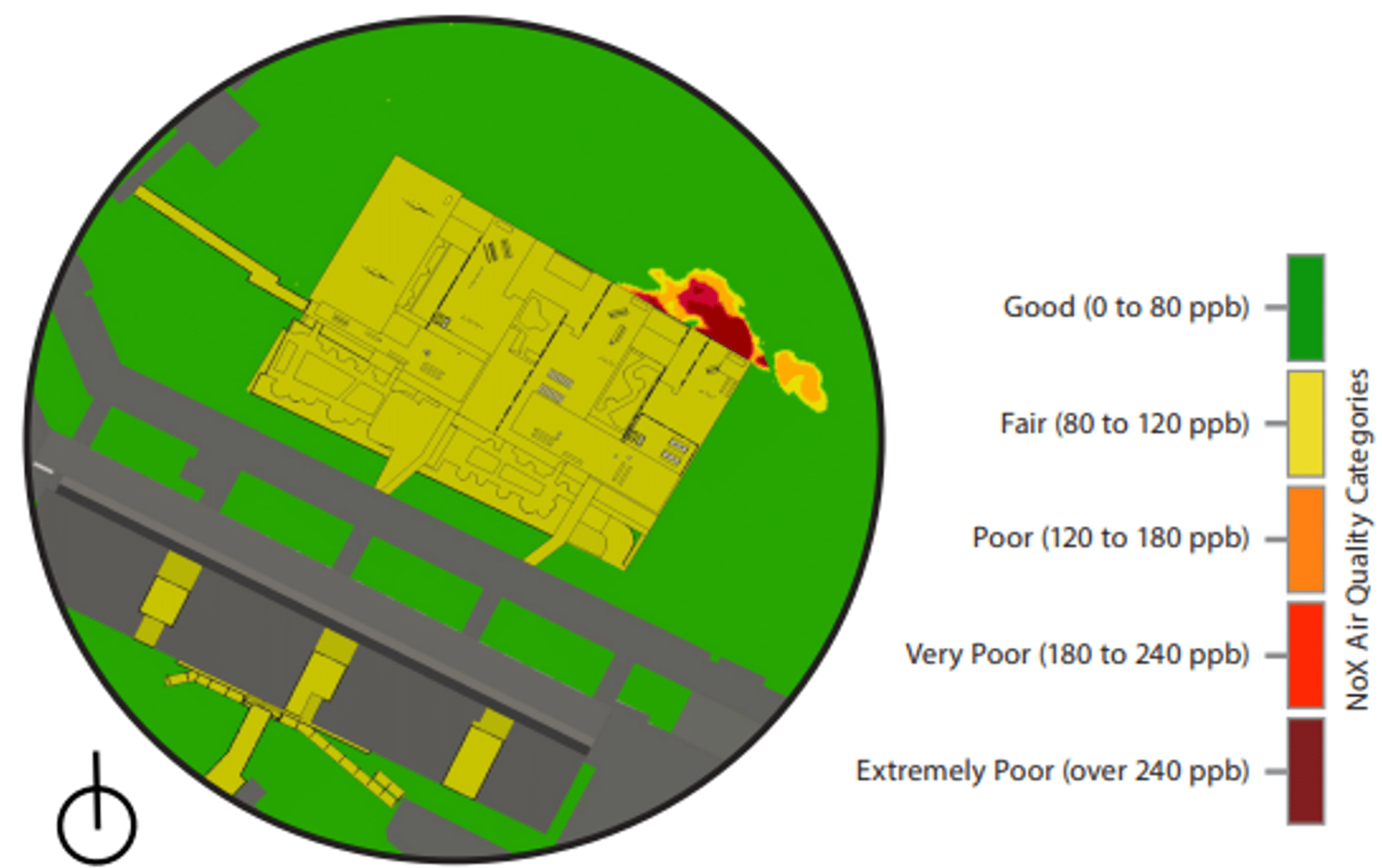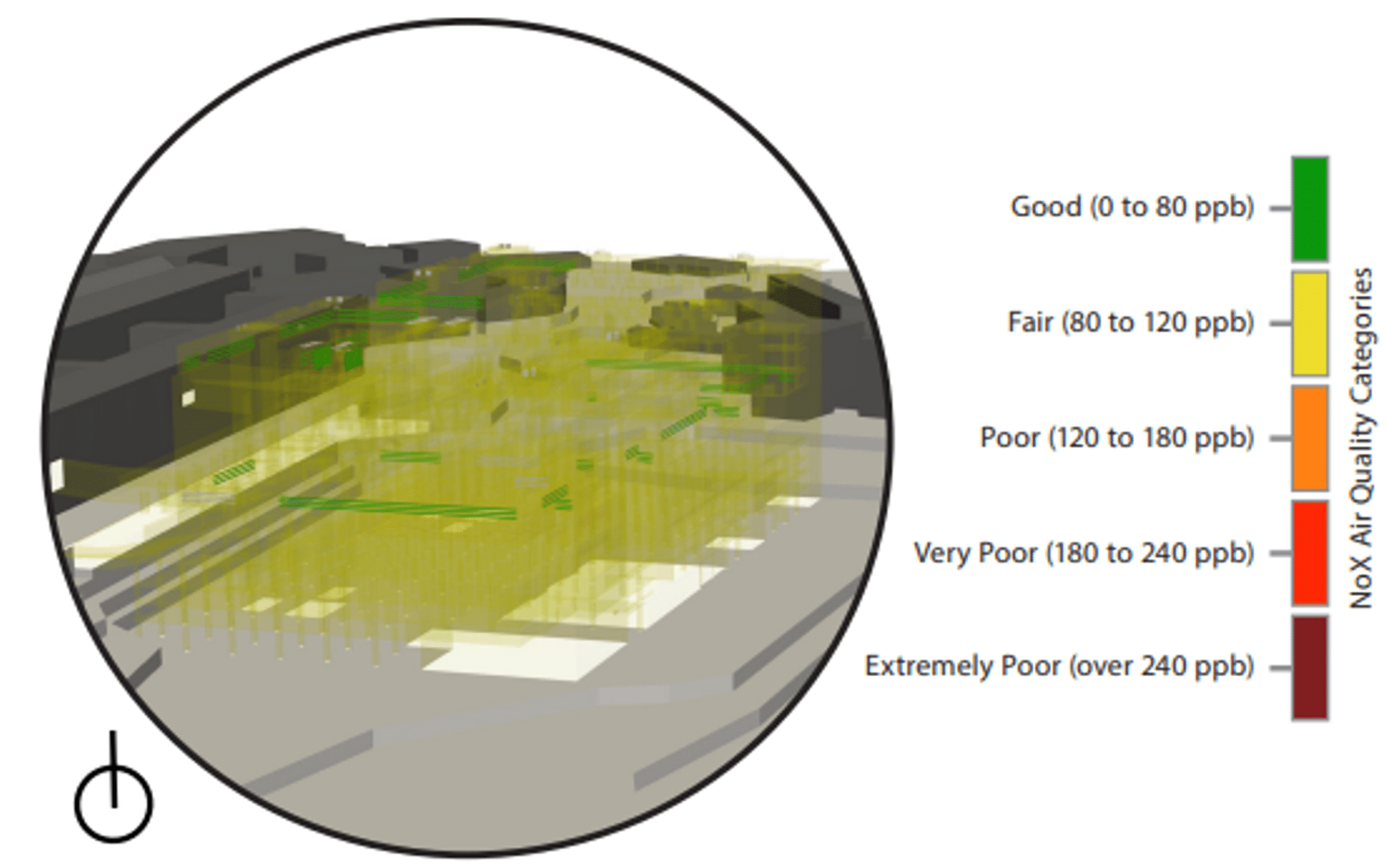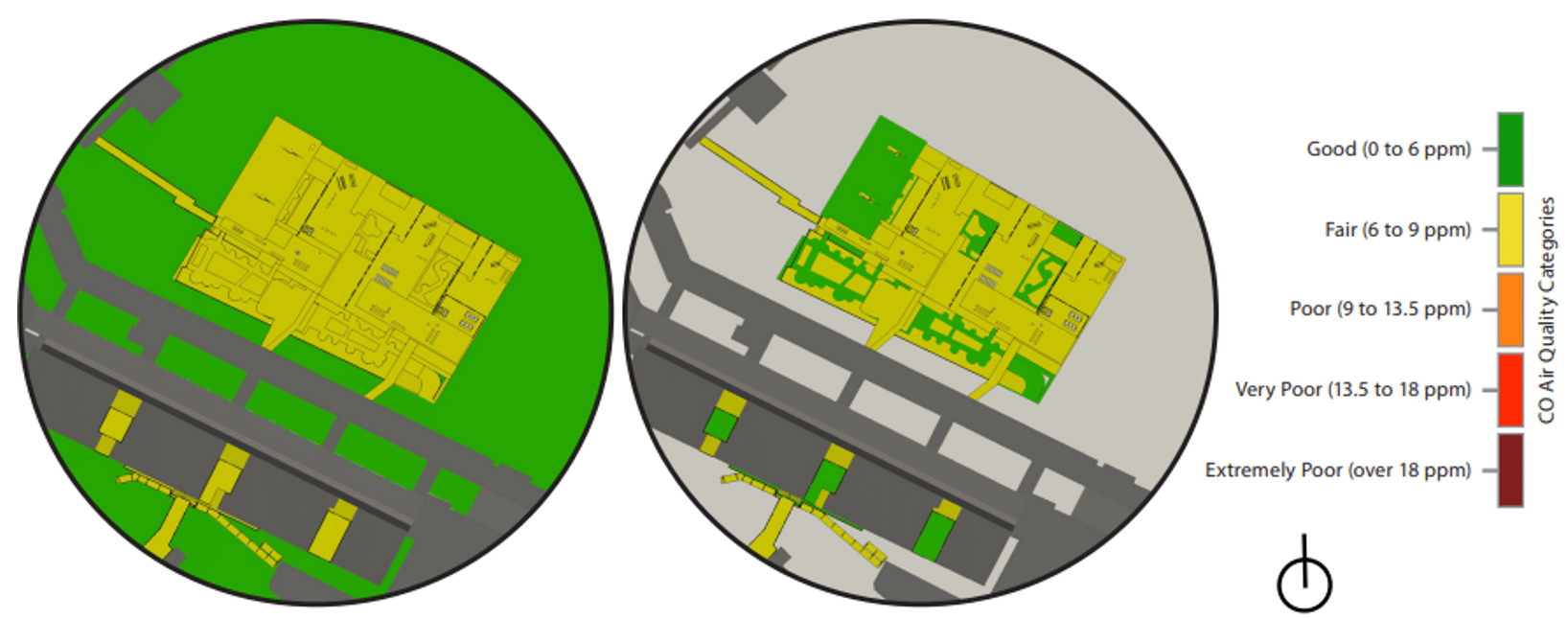Wind Engineering for Helipads
Posted on March 28, 2024
Windtech was commissioned by Health Infrastructure NSW and Multiplex to undertake a holistic assessment to ensure the operational integrity of the helipad infrastructure for the John Hunter Health and Innovation Precinct (JHHIP), Newcastle. To meet this operational need, Windtech conducted the following studies:
- Helipad Location Commentary “Desktop” Assessment
- CFD Wind Speed and turbulence assessment for the Acute Services Building Helipad (base scheme and 1 additional design scheme)
- Pollution Dispersion Exhaust Impact “Desktop” Review (helicopter exhausts)
- Air Quality / Pollution Dispersion “CFD” Study (assessment of helicopter exhaust plume onto the Acute Services Building air intakes)
Through “Desktop” analysis, we were able to assess the likely impact of the redevelopment of the John Hunter Health and Innovation Precinct (JHHIP), located in Newcastle, on the local wind environment at the critical outdoor areas within and around the subject site, the wind entry effects, and the effect of the helicopter travelling to and from the helipads.
Furthermore, our team conducted detailed evaluations of wind speed and turbulence specific to the Acute Services Building Helipad, identifying potential hazards and implementing tailored strategies to mitigate risks and ensure safer and effective aircraft operations.
Implementing CFD modelling methodologies, Windtech conducted an Air Quality/Pollution Dispersion Study, to analyse the dispersion patterns of helicopter exhaust plumes onto the ASB Building air intakes. This comprehensive assessment assessed the effect of the proposed design on the spread of NOX compounds on and around the site. The cumulative directionally weighted average of the NOX results showed no exceedance at the HVAC intakes of the proposed development. Moderately strong odours were predicted in certain areas and various mitigation treatments were recommended.
Figure 1: Cumulative NOX Contours weighted by frequency of occurrence of each wind direction, Plan View
Figure 2: Cumulative NOX Contours weighted by frequency of occurrence of each wind direction, Eastern Aspect
Figure 3: CO Air Quality Category contours. Cumulative CO Contours weighted by frequency of occurrence of each wind direction. Contours are plotted 1.5m from ground (Left) and 1.5m from floor level of the terraces (Right)
Windtech Consultants are committed to providing accurate and reliable modelling to guide the design of helipads to enable safe and functional operation.
If you are working on any projects that could benefit from the capabilities presented in this article, please reach out to our regional offices Sydney & Melbourne, Australia, London, UK, Mumbai, India. New York & Miami, USA, Dubai, Hong Kong, Singapore, and Toronto, Canada we guarantee to support you wherever you are based.
To get regular updates on news and events, please follow us on our LinkedIn page.
Return to Main News Page




